Order: Falconiformes. Family: Falconidae
The Rock Kestrel Falco rupicolus has recently been split from the Common Kestrel Falco tinnunculus.
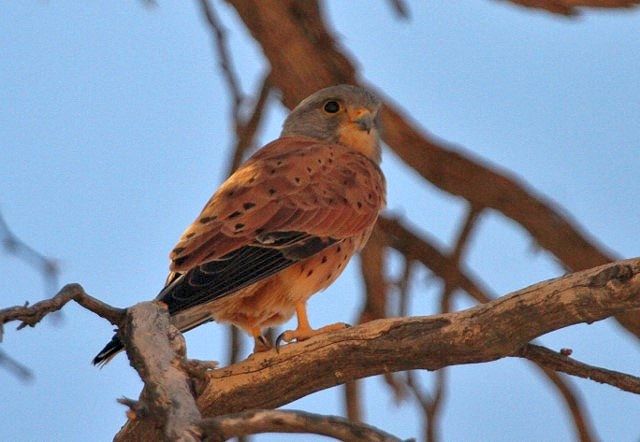
Description
Size 30-33 cm. A small raptor, which is mainly light chestnut brown with blackish spots on the upperside and buff with narrow blackish streaks on the underside. The male has fewer black spots and streaks, as well as a grey head and tail. The tail is brown with black bars in females, and has a black tip with a narrow white rim in both sexes. The cere, feet and a narrow ring around the eye are yellow, the bill and eye are dark.
Sexes alike except on the tail, where female has narrow dark bars that male lacks.
Juveniles look like adult females.
Similar species: This species differs from male Lesser Kestrel in having a spotted chestnut back and wings, lacking grey on the secondary coverts and in having the underwing spotted and barred (not silvery white). It differs from Greater Kestrel by its grey head, more rufus colour, smaller size, spotted (not barred) back, and more heavily marked underwing. Juvenile differs from female and juvenile Lesser Kestrels by being slimmer and darker below, especially on the underwing.
Distribution
It occurs from Angola, southern DRC and Tanzania south to southern Africa, where it is common in Namibia, South Africa, Botswana, Swaziland, Lesotho and central Mozambique.
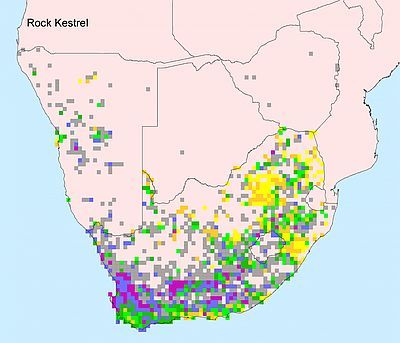
Habitat
Diverse, but usually favouring open semi-arid and arid environments, such as grassland, Karoo and desert as well as urban centres; in the breeding season it usually stays in areas around cliffs, which it uses for breeding and roosting.
Movements and migrations
In the breeding season it generally stays in the south and west, but once finished it heads north-east to Botswana, Zimbabwe and north-eastern South Africa, probably due to an increase in rainfall and prey abundance.
Diet
It mainly eats small birds, lizards, mammals and arthropods, either hunting from a high perch or by hovering so that it can spot prey.
Breeding
Rock Kestrels are monogamous, territorial and usually solitary nesters, although a small quarry in the Western Cape is sometimes used by about 12 breeding pairs spaced approximately 30 m apart. In the breeding season it usually stays in areas around cliffs, which it uses for breeding and roosting. The nest is typically a simple scrape in a hole or crack, alternatively nesting on a ledge of a cliff, quarry, road cutting or building. It may also use the nest of another bird, such as crow or raven, placed on a cliff, tree or man-made structure such as a utility pole. Egg-laying season is from September-January, peaking from a August-October in the south-west and September-November in the south-east. The female lays between 1 to 6 reddish-cream eggs, which are mainly incubated by the female for between 26 to 32 days. The chicks are brooded and protected by the female while the male provides food for the whole family. The young leave the nest at about 30-36 days old, becoming fully independent up to about 42 days later.
Call
A high-pitched kik-kik-kik near the nest.
Status
Common resident with local movements, near-endemic.



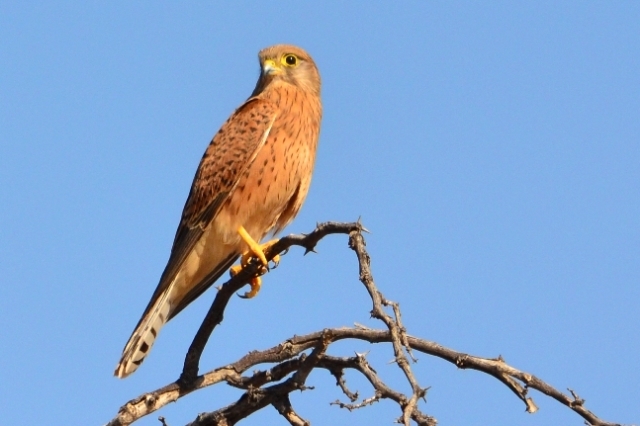 © Mel
© Mel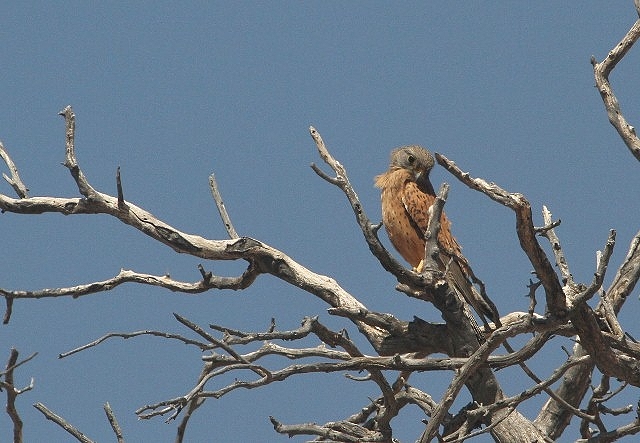 © nan
© nan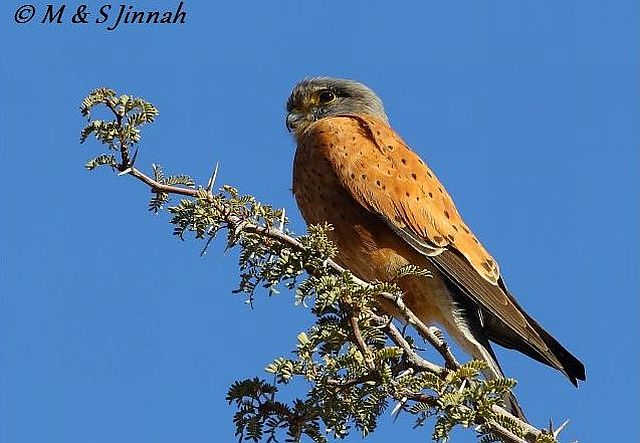 © Sharifa & Duke
© Sharifa & Duke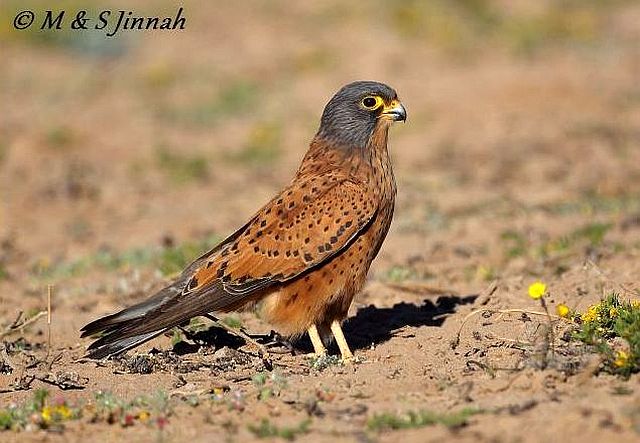 © Sharifa & Duke
© Sharifa & Duke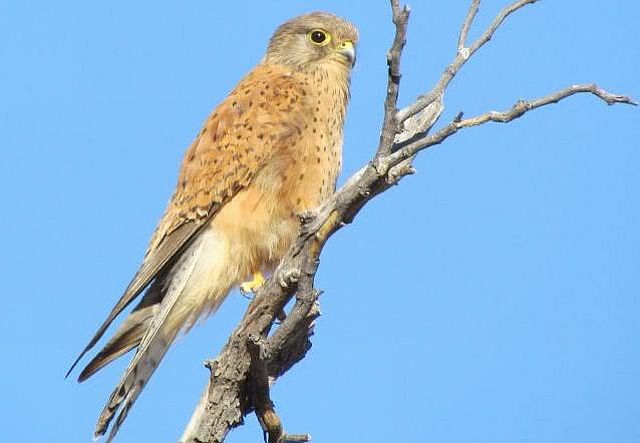 © puppy
© puppy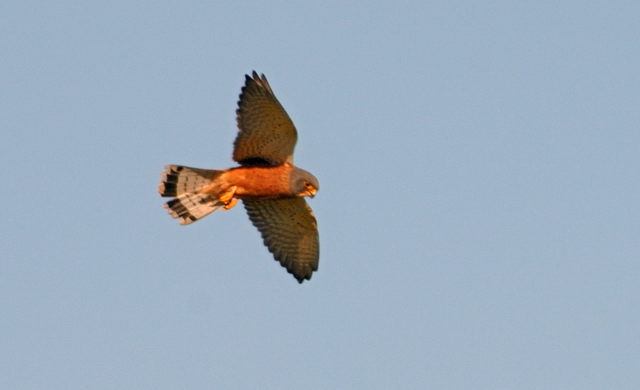 © Dewi
© Dewi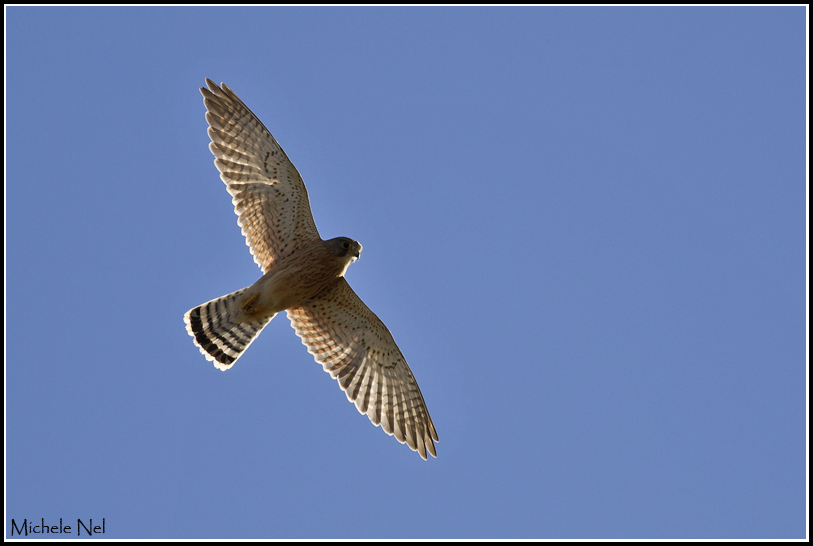 © Michele Nel
© Michele Nel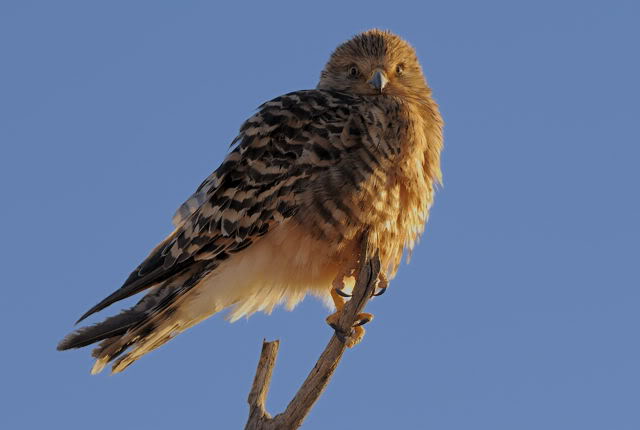
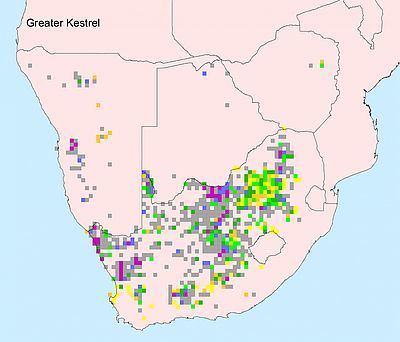
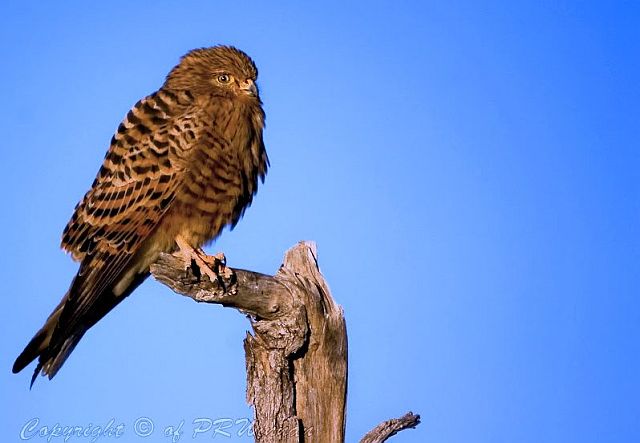 © PRWIN
© PRWIN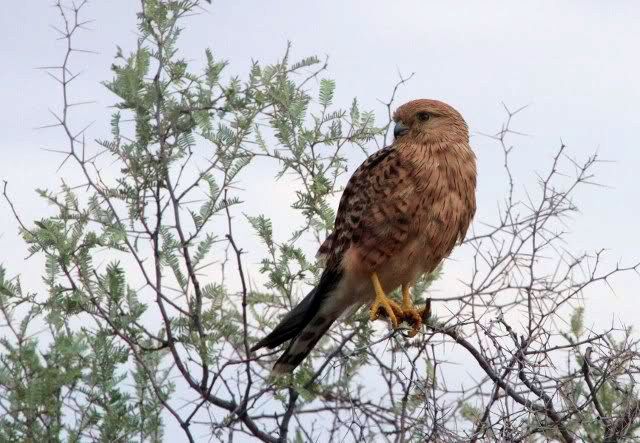 © nan
© nan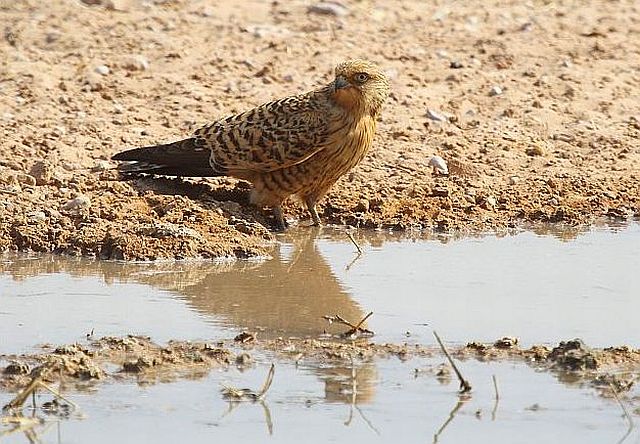 © Duke
© Duke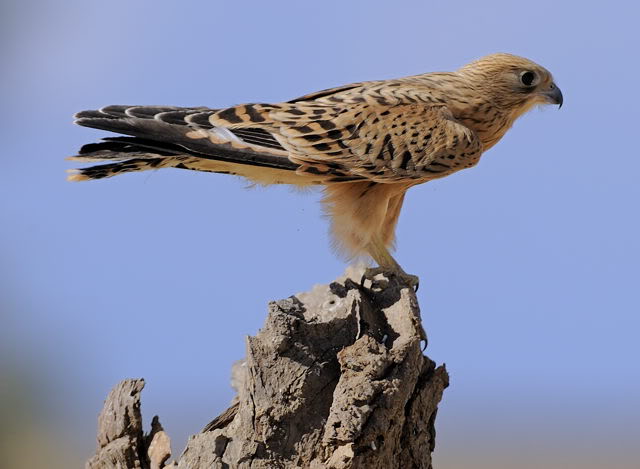
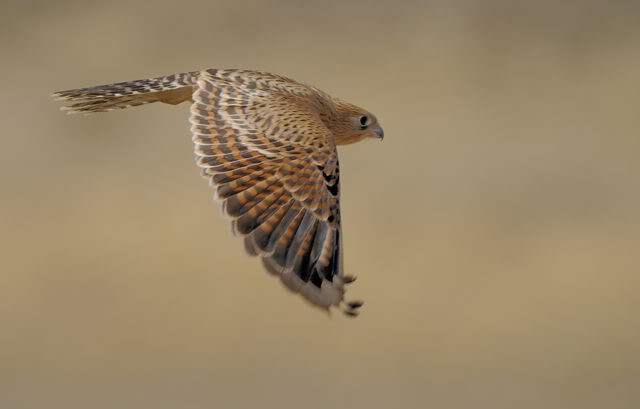
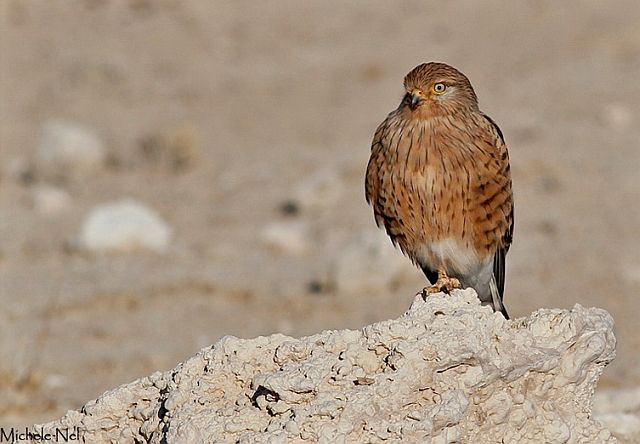 © Michele Nel
© Michele Nel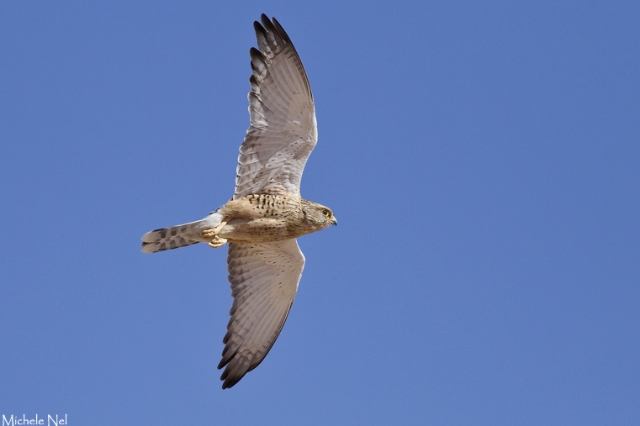 © Michele Nel
© Michele Nel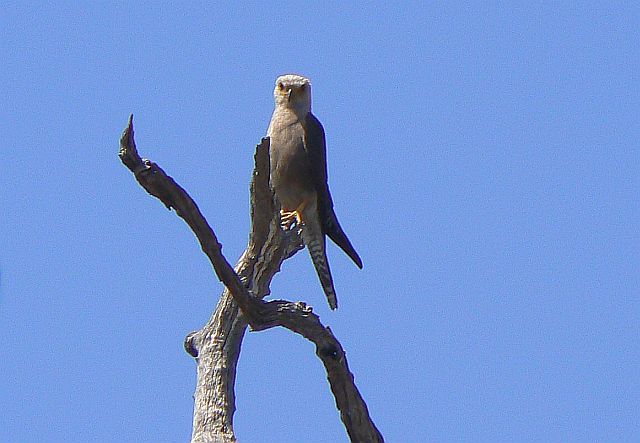
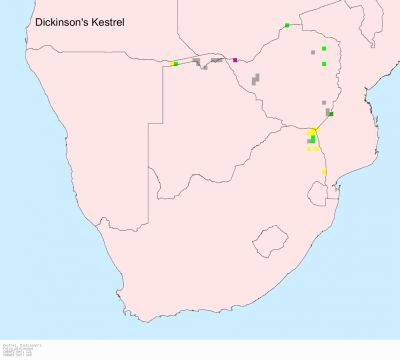
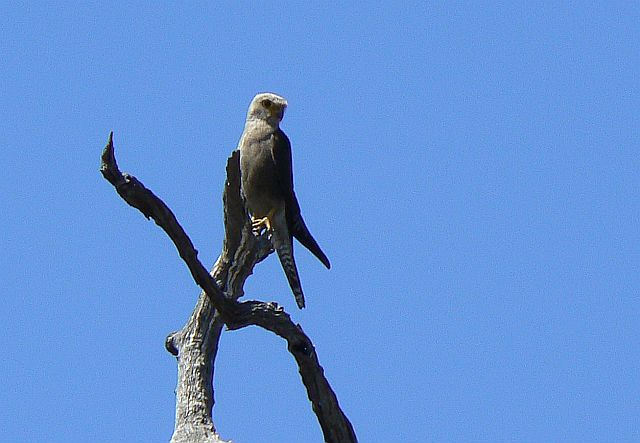
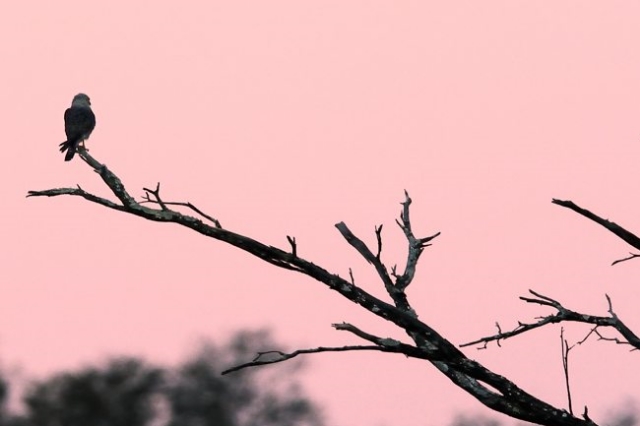 © Dewi
© Dewi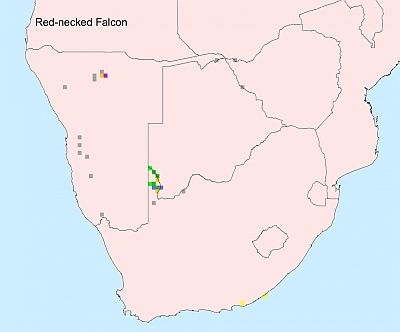
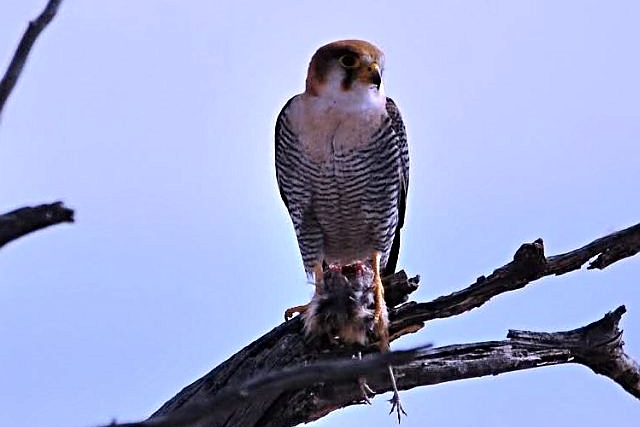 © Mel
© Mel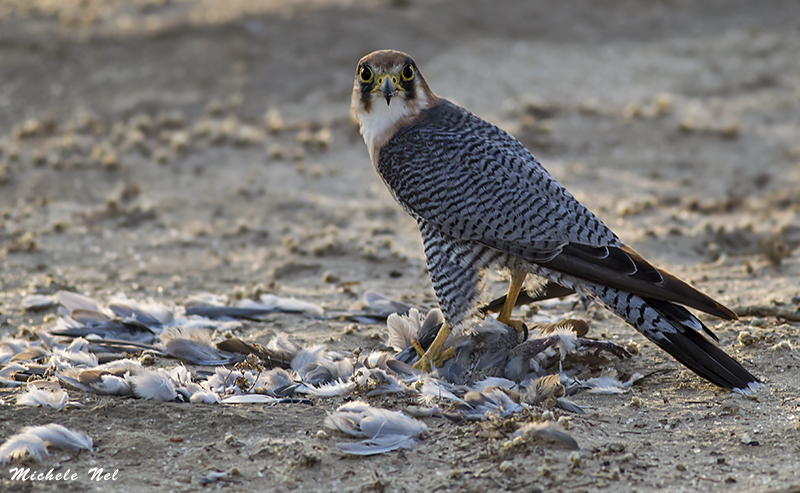 © Michele Nel
© Michele Nel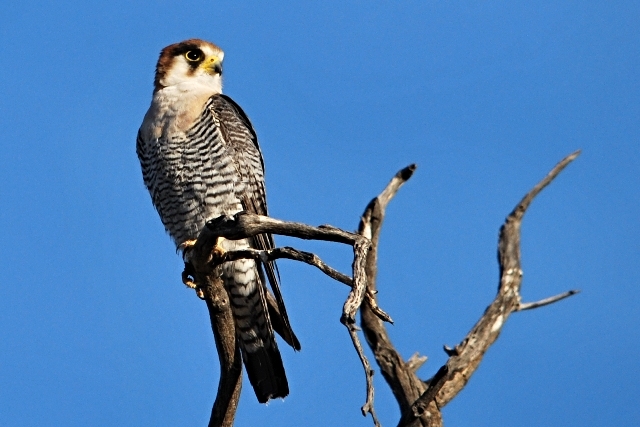 © Mel
© Mel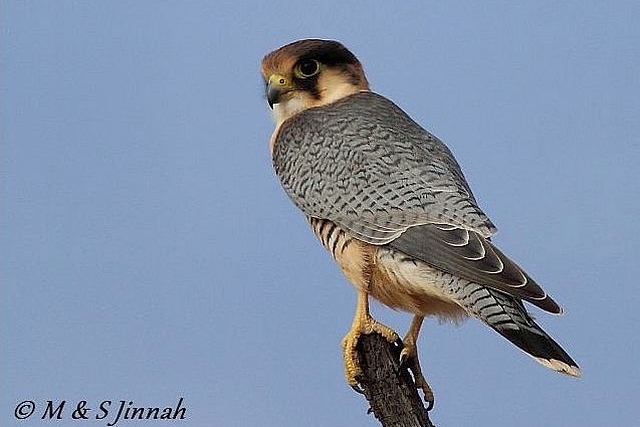 © Sharifa & Duke
© Sharifa & Duke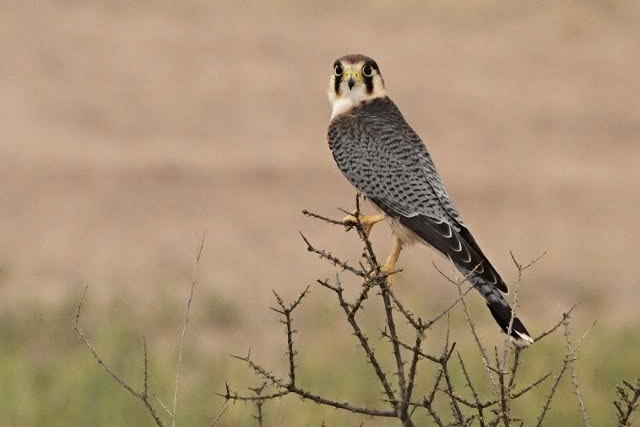 © nan
© nan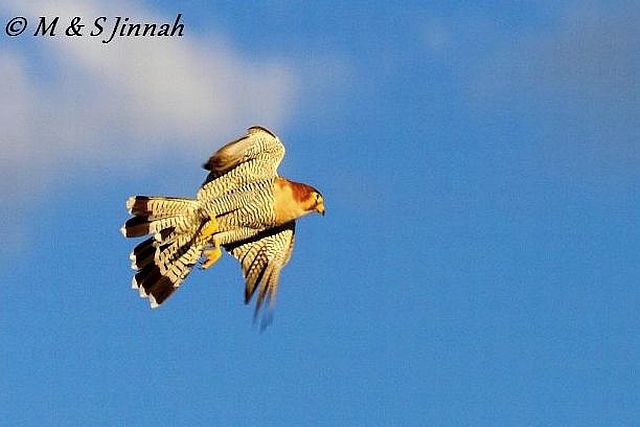 © Sharifa & Duke
© Sharifa & Duke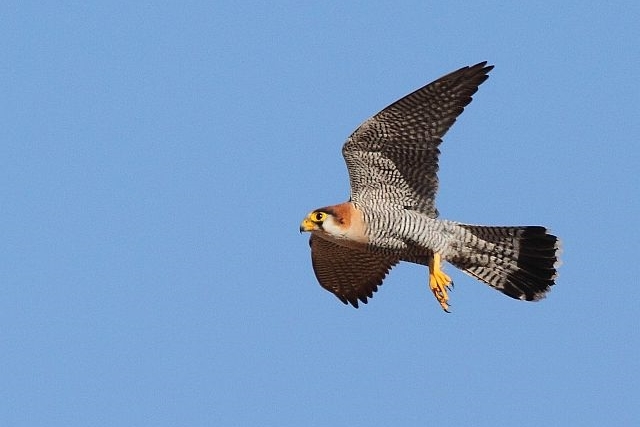 © Duke
© Duke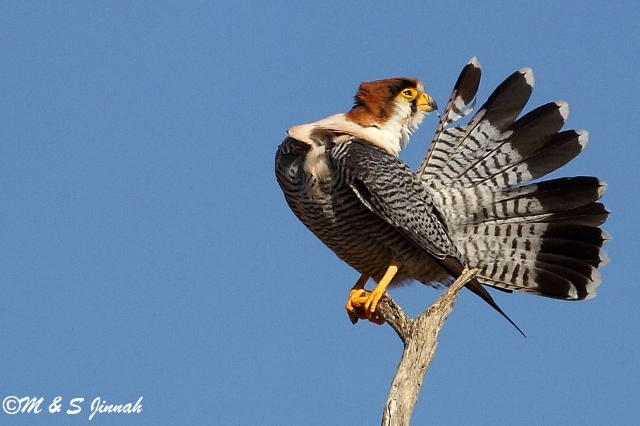 © Duke
© Duke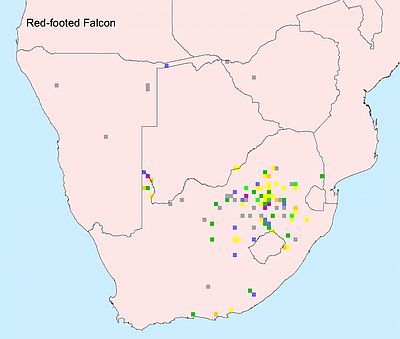
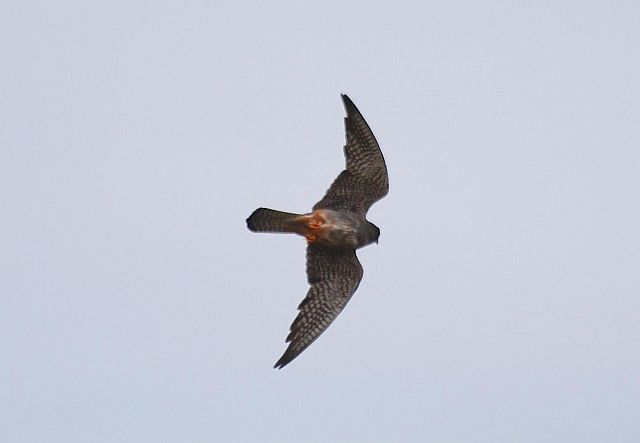 © Toko
© Toko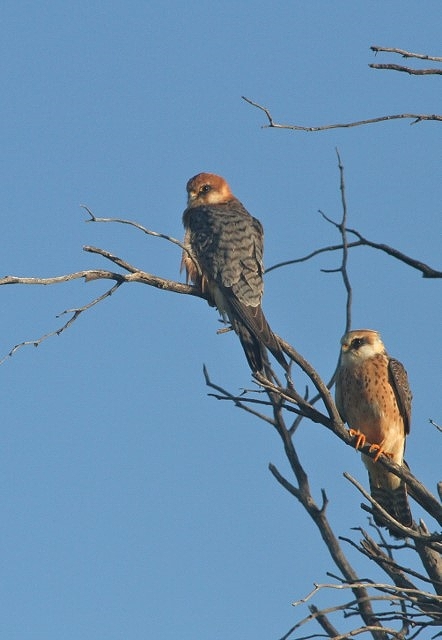 © nan
© nan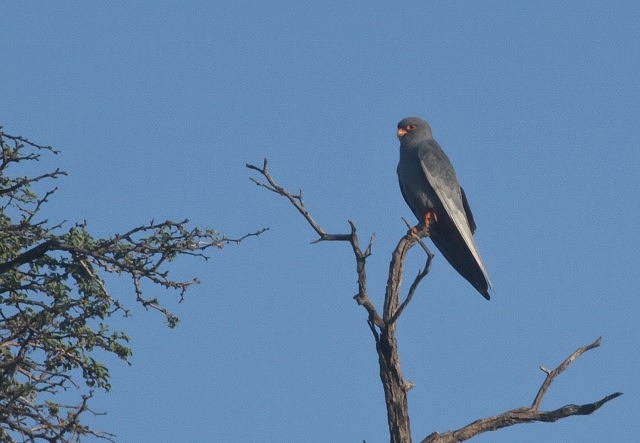 © nan
© nan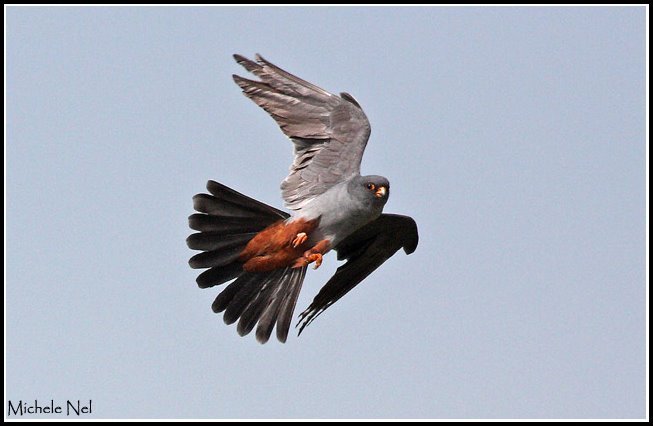 © Michele Nel
© Michele Nel